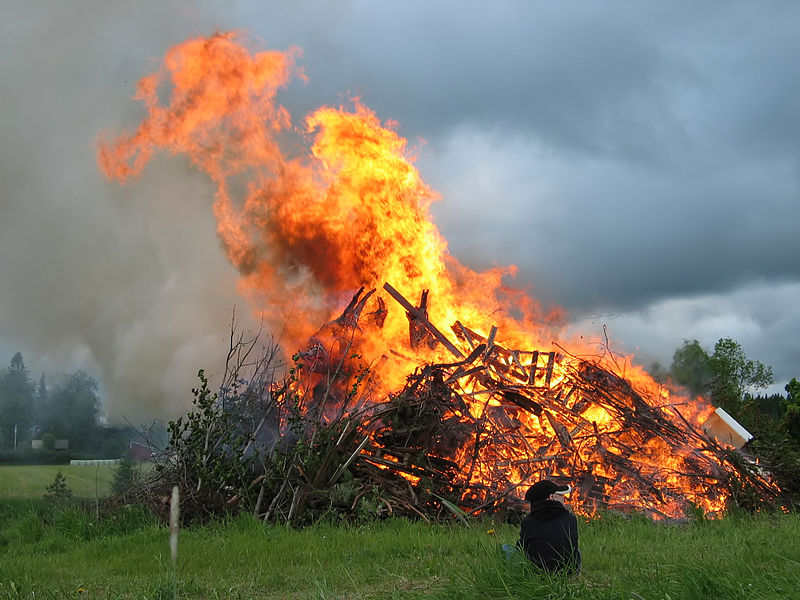Daffodil or “lent lily”, one of the early blooming flowers of spring and the flower most associated with the month of March, is a common name for the blossom which is a variety of those called “Narcissus.” It was said by the ancient Greeks to have bloomed where the youth Narcissus withered and died, having become infatuated with his own reflection in a pool. (The goddess Nemesis had cursed him in retaliation for his already self-obsessed and cruel disdain of the mountain nymph Echo. Echo had already been punished by the goddess Hera who had made it impossible for Echo to say anything other than repeat a word or two that someone else had spoken to her. Greek mythology is one big interconnected soap opera, isn’t it?!)
It is associated with the goddess Venus (because of Echo’s love for Narcisscus and Narcissus’ love for himself) and is therefore a “feminine” plant. The alchemists associated daffodil with the element water (perhaps because of its association with Narcissus’ death by a pool, even though the flower itself grows easily in meadows and woods).
If you carry daffodil, it will attract a lover to you. If you place fresh-cut daffodil in your bedroom, fertility will increase. If the bloom is plucked and carried next to your heart, it will attract good luck to you. Good luck and fertility being exactly what Narcissus was himself in short supply of, perhaps his flower is attempting to make amends for him and his bad behavior toward the nymph who wanted nothing more than to be his lover.
IF YOU LIKED THIS POST ABOUT THE FOLKLORE & OCCULT QUALITIES ASSOCIATED WITH DAFFODILS, CLICK HERE TO SEE MY FANTASY NOVELS IN WHICH ALL THE MAGICAL, FANTASTIC, AND SUPERNATURAL EVENTS ARE BASED ON AUTHENTIC MEDIEVAL-RENAISSANCE OCCULT BELIEFS AND PRACTICES.


